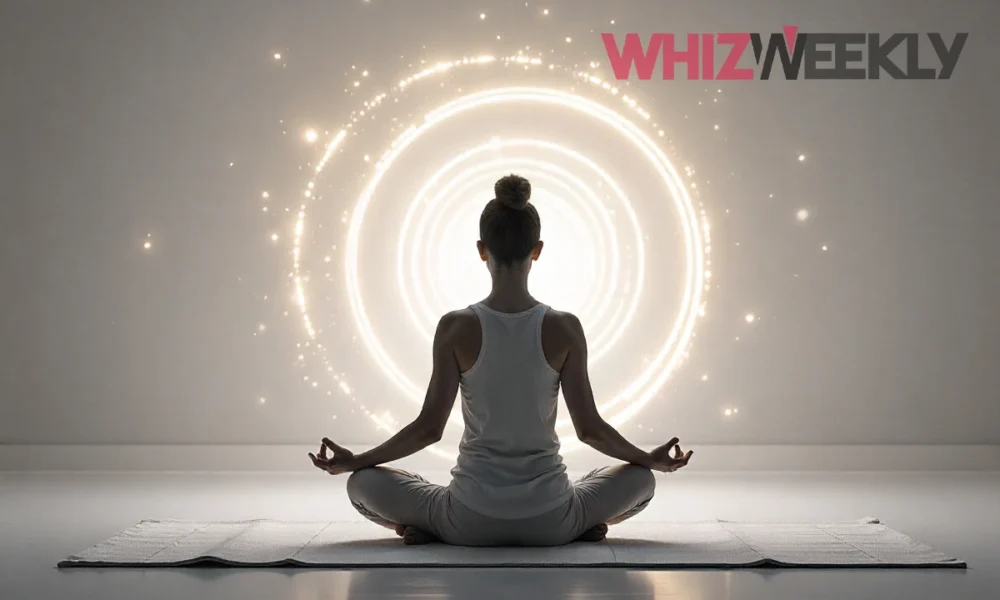
What Is Dougahozonn? Evidence-Based Analysis & Guide
Dougahozonn is a recently emerged term associated with holistic wellness practices. Current evidence suggests it may be a coined buzzword or mistranslation rather than an established practice. Limited reliable sources exist, making verification difficult for this trending wellness concept.
The wellness industry regularly introduces new concepts and practices, with dougahozonn being among the latest terms to gain online attention. As health-conscious individuals seek effective self-care methods, understanding what constitutes legitimate wellness practices versus trending buzzwords becomes increasingly important.
This comprehensive analysis examines dougahozonn from an evidence-based perspective, helping you make informed decisions about your wellness journey.
Understanding Dougahozonn: Current Claims and Definitions
Dougahozonn is described as “an intriguing practice rooted in the art of self-care” that “emphasizes a holistic approach to wellness, blending mind, body, and spirit for greater balance in daily life.” However, multiple sources present conflicting definitions and applications.
Current online sources describe dougahozonn in several ways:
Self-Care and Balance Framework: Some articles position dougahozonn as a comprehensive wellness approach focusing on mental and emotional equilibrium. These sources typically mention techniques like self-reflection and mindful awareness without providing specific methodologies.
Digital Preservation Connection: Research reveals potential confusion with the Japanese phrase “動画保存” (douga hozon, meaning “video saving/preserving video”), suggesting “dougahozonn” might be a mistransliteration of this technical term.
Emerging Philosophy: Various content presents dougahozonn as an undiscovered or hidden wellness philosophy, though without citing original sources or founders.
The lack of consensus across sources raises important questions about the concept’s legitimacy and origins. Unlike established wellness practices with decades of research, dougahozonn appears in primarily recent, unverified content.
The Origins and Evolution of Dougahozonn
Investigation into dougahozonn’s origins reveals significant ambiguity, with “lack of primary sources” being a major concern. No interviews, academic papers, books, or official statements reference “dougahozonn” in a substantive way.
Timeline Analysis: Available evidence suggests dougahozonn emerged within recent weeks or months, appearing primarily on websites that focus on trending topics and buzzword-style content. This pattern differs markedly from legitimate wellness practices, which typically develop over years through clinical research and practitioner experience.
Linguistic Investigation: The similarity to Japanese “動画保存” (douga hozon) suggests possible mistranslation or corruption of the original technical term. This linguistic confusion often occurs in content created for search engine optimization rather than educational purposes.
Source Quality Assessment: Many pages using “dougahozonn” appear on sites with titles about “hidden gems” and “deep dives,” which often produce content optimized for trending keywords rather than verified information.
The absence of credible historical documentation raises red flags about dougahozonn’s legitimacy as a wellness practice.
Dougahozonn vs. Established Wellness Practices
To provide context, let’s compare dougahozonn claims with evidence-based wellness approaches:
| Aspect | Dougahozonn | Established Practices |
|---|---|---|
| Research Base | No peer-reviewed studies | Thousands of clinical studies |
| Expert Recognition | No verified practitioners | Licensed professionals |
| Historical Foundation | Weeks/months old | Decades or centuries old |
| Clear Methodology | Vague descriptions | Detailed protocols |
| Measurable Outcomes | Undefined benefits | Documented results |
Legitimate self-care practices are defined by the National Institute of Mental Health as activities that “help you live well and improve both your physical health and mental health” through evidence-based approaches.
Instead of pursuing unverified trends, consider these research-backed practices:
Mindfulness meditation offers documented benefits and “can involve going to a yoga class, downloading a meditation app, or just taking a few deep, slow breaths in the middle of a stressful day.”
Holistic self-care approaches focus on “eight types of self-care—physical, mental, emotional, spiritual, intellectual, environmental, social, and financial” for comprehensive wellness.
These established practices provide clear implementation methods and measurable benefits, unlike the vague concepts associated with dougahozonn.
How to Evaluate Wellness Trends: A Scientific Approach
Before adopting any new wellness practice, apply these evidence-based evaluation criteria:
Source Verification: Look for peer-reviewed research, clinical trials, and endorsements from licensed healthcare professionals. Legitimate practices have extensive documentation from multiple independent sources.
Clear Methodology: Effective wellness practices provide specific techniques, duration guidelines, and implementation steps. Vague descriptions often indicate lack of substance.
Measurable Outcomes: Evidence-based approaches define specific benefits and provide metrics for tracking progress. Claims like “improved balance” need quantifiable parameters.
Safety Considerations: Legitimate practices address potential risks, contraindications, and when to seek professional guidance.
Historical Context: Established wellness methods have development histories, founder information, and evolution through clinical practice.
Applying these criteria to dougahozonn reveals significant gaps in verification, methodology, and evidence base.
Practical Self-Care Alternatives with Proven Benefits
Rather than pursuing unverified trends, focus on these evidence-based self-care approaches:
Daily Mindfulness Practice: Research supports “daily mindfulness, meditation, or breathing exercises” combined with “7–9 hours of good-quality sleep every night” and “regular medical check-ups.”
Comprehensive Wellness Framework: Effective self-care involves “engaging in healthy, productive behaviors that support physical, mental and emotional well-being” through structured approaches.
Stress Management Techniques: Self-care should include “activities and practices that you can engage in on a regular basis to reduce stress and maintain and enhance your short and long term health and wellbeing.”
Implementation Strategy: Start with one or two evidence-based practices rather than trying multiple approaches simultaneously. Track your progress using measurable indicators like sleep quality, stress levels, or mood ratings.
These proven methods provide the holistic wellness benefits often claimed by trending concepts like dougahozonn, but with scientific backing and clear implementation guidance.
Frequently Asked Questions About Dougahozonn
What exactly is dougahozonn?
Dougahozonn is a recently emerged term with unclear origins and conflicting definitions across online sources.
Is dougahozonn scientifically proven?
No peer-reviewed research or clinical studies currently support dougahozonn claims or methodologies.
Where did dougahozonn come from?
Origins remain unclear, possibly involving mistranslation of Japanese technical terms or recent content creation.
Should I try dougahozonn for wellness?
Consider proven alternatives like mindfulness meditation, regular exercise, and established self-care practices instead.
How can I verify wellness trends?
Look for peer-reviewed research, licensed practitioner endorsements, and clear implementation methodologies before adoption.
